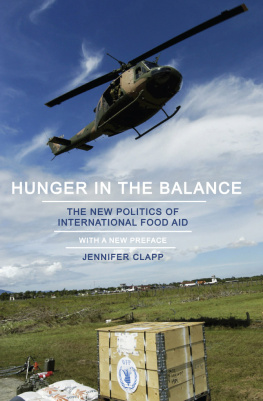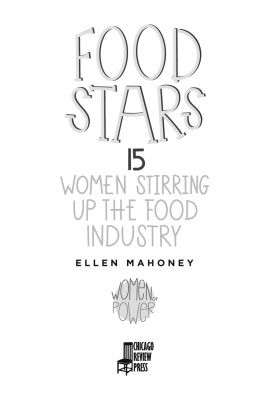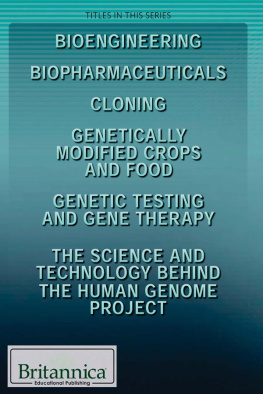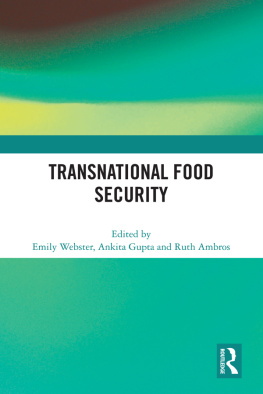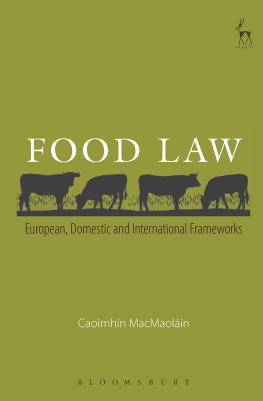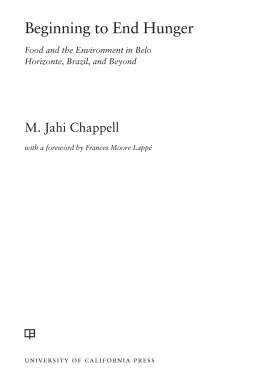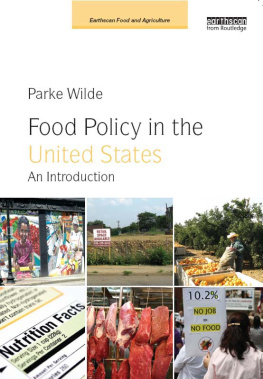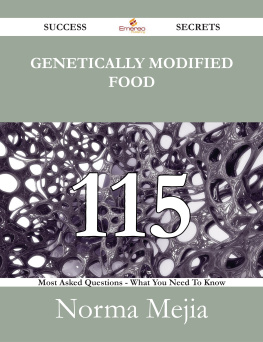Preface to the Paperback Edition
Food aid can be an important lifeline in times of crisis, providing a vital source of nourishment for those who cannot access food by other means. The importance of food aid in response to recent crisessuch as the conflict in South Sudan, the Ebola outbreak in West Africa, and the earthquakes in Nepalunderscores this point. But food aid, though well intended, is not uncontroversial. Indeed, food aid policies and practices have sparked heated debate in recent years, especially policies that put the needs of the donor country above those of recipients. Most donors have at one time or another tied their food aid donations to food commodities grown in their own country. Such practices, referred to as tied food aid, can have undesirable impacts. Large shipments of food sourced in donor countries can create disincentives for local farmers in recipient countries. Tied food aid also tends to be highly inefficient, reaching fewer people than other types of assistance.
In this book I tell the story of the politics involved in trying to reform food aid policies in a way that enhances the effectiveness of that aid while minimizing its potentially harmful impacts. I focus in particular on efforts to encourage the untying of food aid and the adoption of policies that enable donors to provide cash, vouchers, or food that is sourced locally or within the region where it is needed. Policy reforms along these lines can help to ensure a backstop for those most in need but without the problematic side effects associated with tied food aid.
Reform efforts with respect to food aid have wide-reaching implications, particularly for the worlds poorest and most hungry people who rely on this form of assistance. The process of reforming food aid policies also reveals important lessons for policy change more broadly. As I argue in this book, no one factor can explain how the food aid reform process has unfolded in different donor countries. Ideas on how to improve the delivery of food aid matter a great deal in shaping policy outcomes. But so do the powerful interests that have a stake in the way food aid is delivered. The institutions through which reform occurs also have an enormous bearing on whether appropriate reforms are possible to secure, and if so, what they might look like in practice.
The European Union, Canada, and Australia, all traditional donors, have adopted policies to untie their food aid over the past twenty years. These donors no longer require the food assistance they provide to be delivered in the form of commodities grown in, and shipped from, their own country. Instead, they now provide cash assistance for the purchase of food that is grown closer to the source of hunger and provide vouchers and cash payments to those in need. The process of reform in these cases, outlined in chapter 3, was unique to each donor country. But in each case, the ideas for reform were pushed by a domestic coalition of civil society groups and policymakers at key moments, just as shifts were taking place among economic interests with a stake in the policy. As a result, institutional changes that favored reforms were easier to adopt.
The United States has been a holdout with respect to the reform of food aid policies, and it remains out of sync with the other major donor countries. Its food aid is still nearly 100 percent tied to commodities grown in the United States, and it requires that a significant portion must be shipped to recipients via U.S.-flagged ships. This is not to say that efforts are not under way to change U.S. policy. But compared with other donors, the U.S. process has been exceedingly slow. Despite the promotion of the idea of reform from several quarters, the economic interests that prefer the old way of doing thingsnamely the U.S. shipping industry and some food aid delivery organizationswield an enormous amount of power, and they ultimately influence how decisions regarding food aid reform are made.
As the later chapters of the book highlight, the divergence of approaches to food aid between the United States and other traditional donors has led to political skirmishes on the international stage over the past decade. These include flare-ups over genetically modified organisms (GMOs) in food aid, over how trade rules at the WTO deal with food aid, and over global governance mechanisms that address food aid.
Since 2012, there have been continued attempts to reform U.S. food aid policies, with some incremental progress. At the same time, the international community of donors has adopted a new Food Assistance Convention, changing some of the rules and norms that donors have pledged to follow. New donors have also become increasingly important in terms of the amount of food aid they provide, though often under policies that include aid tying rather than reformed modes of aid delivery.
Reform Efforts in the United States
There have been several small steps toward untying U.S. food aid since 2012, and there appears to be considerable momentum for bolder reforms as of early 2015. In 2012, an important shift occurred in the cargo preference rules for U.S. food aid, when the amount of aid earmarked to be carried on U.S.-flagged ships dropped from 75 percent to 50 percent. There had been attempts in the past to change the cargo preference requirement, but it was particularly difficult to achieve given the strength of the shipping lobby, which shut it down every time, as explained in chapter 4. This recent shift in policy is noteworthy, in that Congress slipped it into an unrelated transportation bill at the final moment and voted on it without debate, or even the shipping lobbys knowledge, until it was already passed into law. The move was not intended as a food aid reform per se but rather as a way to recover funds by shifting government spending away from an inefficient practice to pay for activities in the transportation bill. The shipping lobby was taken by surprise and has since attempted to reinstate the 75 percent requirement. So far it has been unsuccessful.
The shift in the cargo preference rules occurred around the same time that the negotiations on a new U.S. Farm Bill (to replace the 2008 Farm Bill that expired in 2012) were heating up. In early 2013, the Obama administration proposed major changes to U.S. food aid policy as part of its 2014 fiscal year budget proposal. The reform proposal was put forward despite a plea earlier that year from some seventy organizations to retain the current structure of the food aid program. The administrations proposal asked to shift the food aid budget from the Farm Bill to three different accounts in the U.S. Agency for International Development (USAID). The proposal included flexibility for up to 45 percent of that aid to be spent on cash, vouchers, and local and regional purchases of food aid, while still requiring 55 percent to be spent on U.S. commodities and transportation. The proposal also called for an end to both monetization and the cargo preference rules for food aid. With respect to the last item, however, the proposal also included a $25 million payment to the U.S. Maritime Administration, to come from the efficiency gains from the reforms and to be used to help retain U.S. flag vessels and maritime jobs. This was a bold proposal that sought to change the institutional framework for food aid in a way that took it out of the hands of regular congressional renewals and put it into the administrative bureaucracy of USAID. Shifts in food aid administration from agriculture ministries to aid agencies had also occurred in the other major donor countries, which unlocked the door to subsequent reforms to untie food aid.

